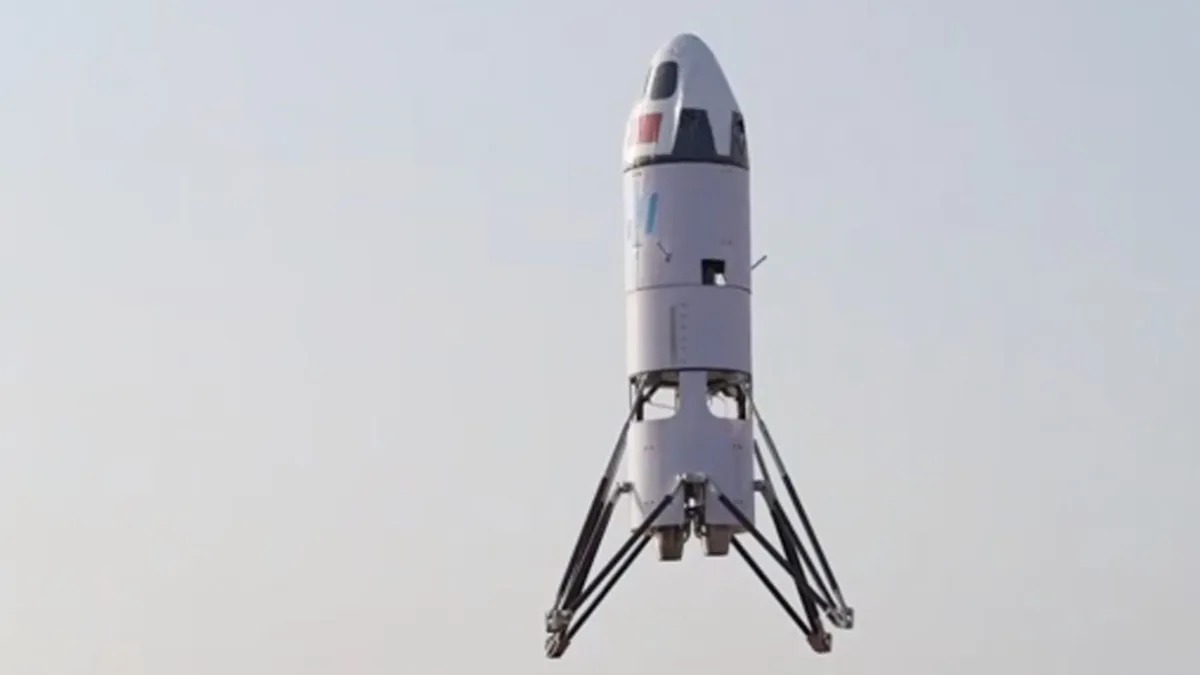China has announced the successful test of its first vertical-landing rocket. Thus, the country laid the foundation for the construction of multiple space rockets. The Chinese Academy of Sciences (CAS) has confirmed that commercial space firm CAS Space has successfully tested a rocket with vertical launching-from-land and landing-at-sea in Haiyan, Shandong Province in Eastern China, the state-run Global Times newspaper reports.

“The prototype rocket with a length of 2.1 m and a diameter of 0.5 m weighed 93 kg at the time of launch. A turbojet engine was used during the test to simulate a variable thrust liquid rocket engine being used during vertical landing,” said Lian Jie, a senior engineer at the institute.
The prototype of the CAS rocket launched to a height of more than 1000 meters and gradually slowed down due to the reverse thrust of the engine and landed firmly with an accuracy of less than 10 meters at a speed of less than 2 m/s. The test, which lasted about 10 minutes, can lead to the reuse of rocket stages, as SpaceX does.
Find 10 differences
Externally, the prototype resembles a SpaceX Starship rocket, and the landing principle is similar to the Falcon 9: the Chinese rocket also lands on a floating platform in the sea. But the Chinese don’t see any similarities. “Our landing technology is different from SpaceX. Ours is based on domestic technology, both software and hardware,” explained Lian Jie.

According to the developers, the technology of multiple rocket launches will be widely applied to future models, including Lijian-3 and Lijian-3 heavy launchers, and will contribute to further larger-scale space exploration by China with further cost reduction.
The first flight of a space platform for scientific experiments may take place at the end of 2023.
Earlier we reported on how China would challenge Starlink.
Follow us on Twitter to get the most interesting space news in time
https://twitter.com/ust_magazine

